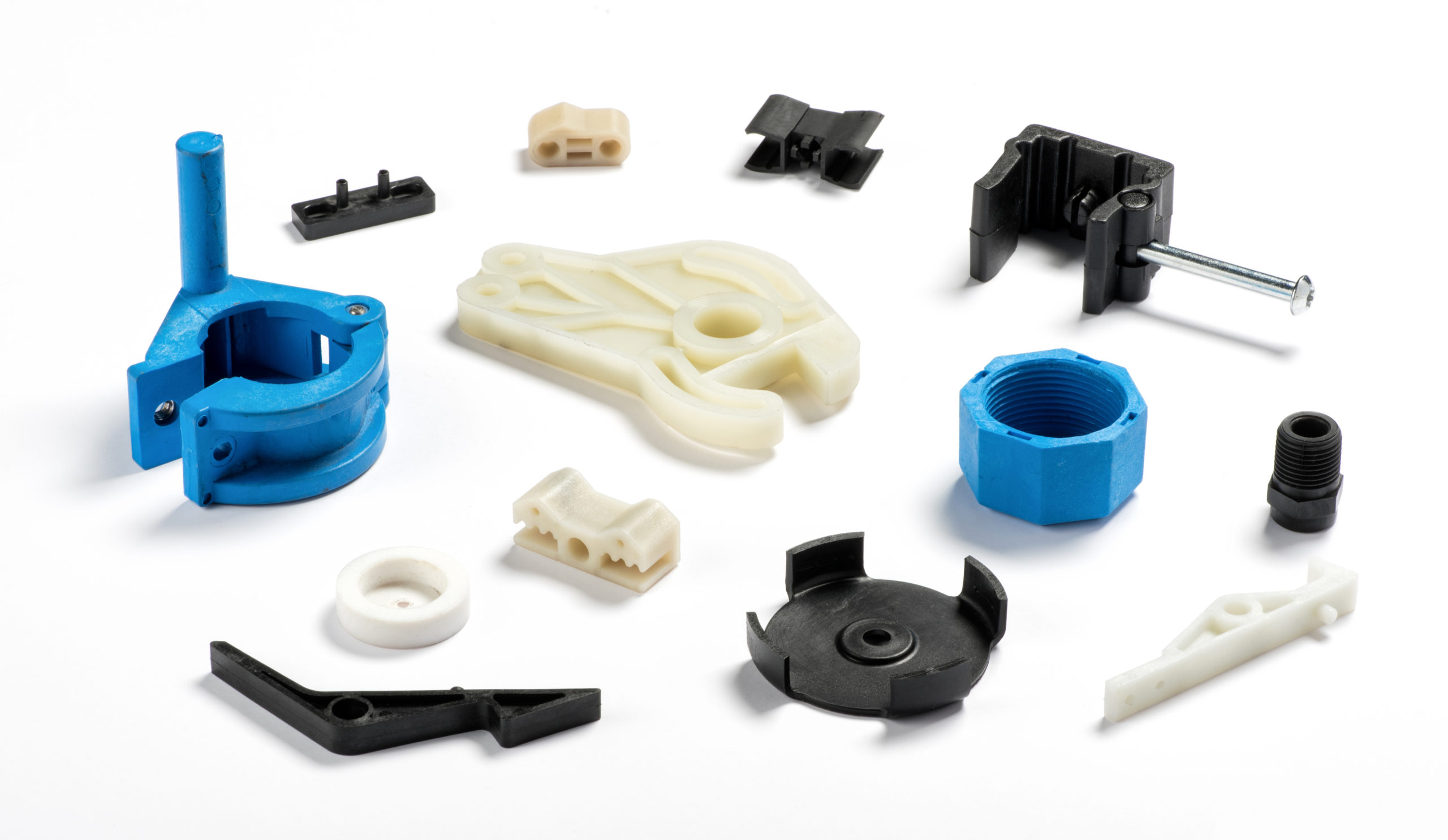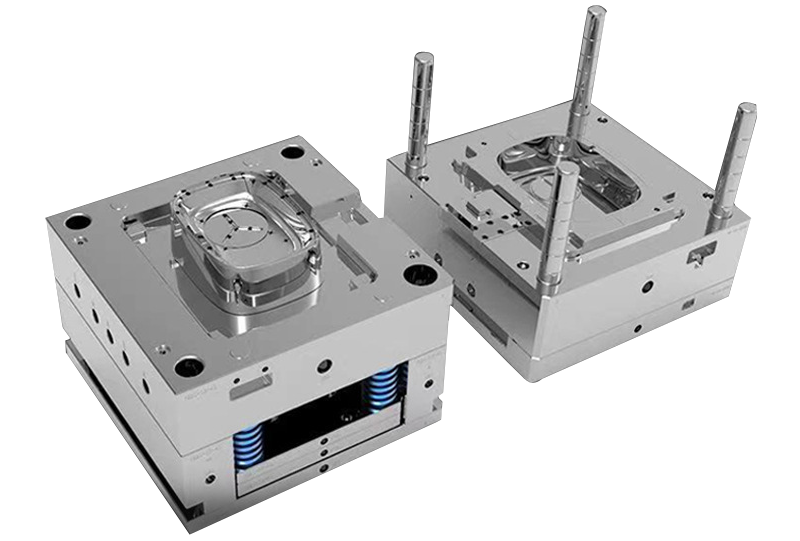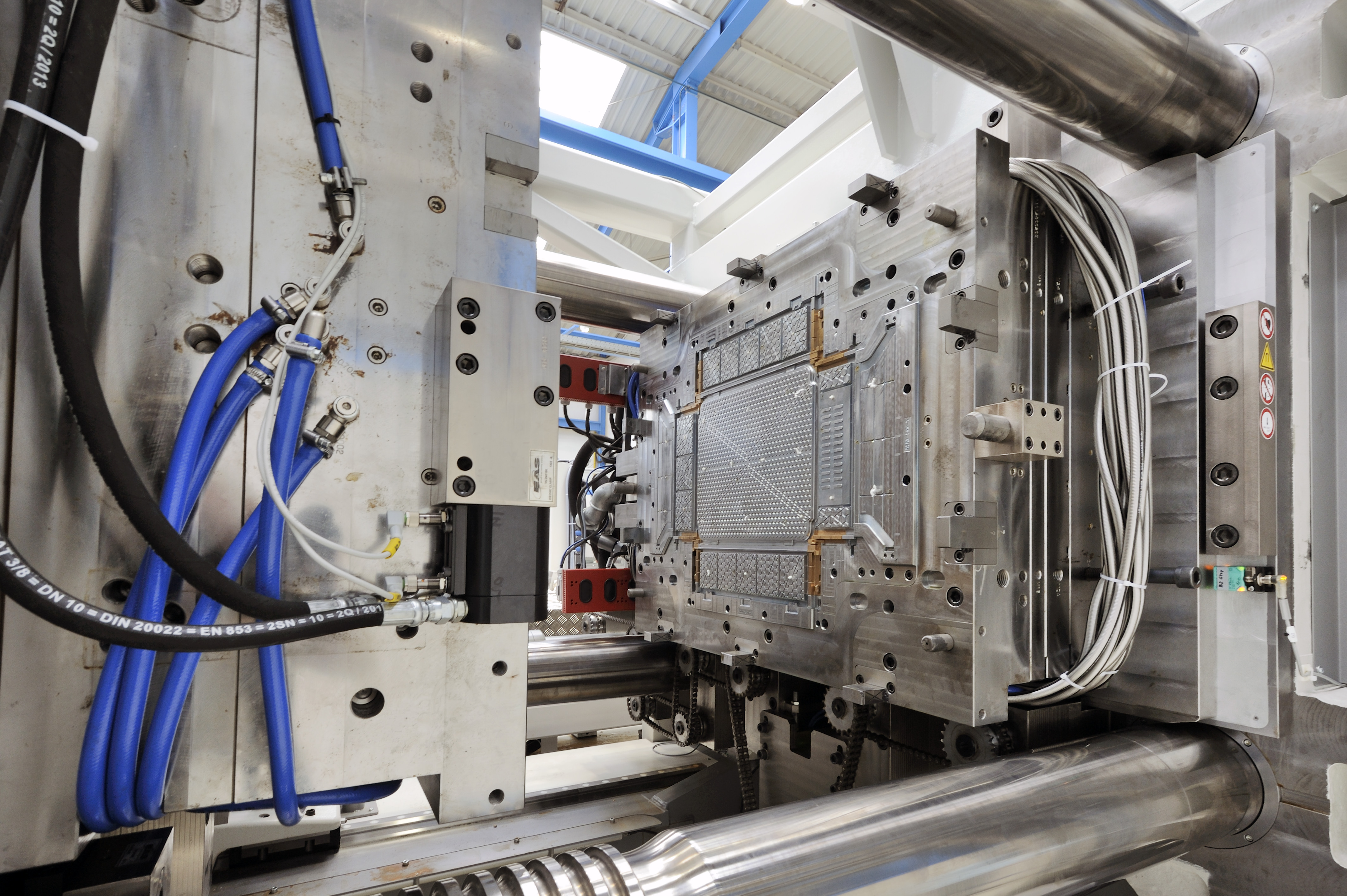Why Plastic Injection Molding Is Crucial for Accuracy and Longevity
Why Plastic Injection Molding Is Crucial for Accuracy and Longevity
Blog Article
Comprehending the Basics of Plastic Injection Molding Procedures
Plastic injection molding offers as a keystone of modern-day production, providing a methodical technique to generating complicated elements with precision. Exploring these crucial aspects can reveal how even small changes can lead to considerable renovations in production outcomes, increasing questions concerning the possibility for technology in this recognized process.
What Is Plastic Injection Molding?
Plastic injection molding is an extensively made use of production process that changes polycarbonate and thermosetting materials right into precise and complex forms. This technique is preferred for its capability to create high volumes of identical parts with remarkable accuracy, making it an important approach in various sectors, consisting of auto, customer items, and clinical devices.
The procedure entails melting the chosen plastic product and infusing it into a mold and mildew under high stress. The mold, developed to the requirements of the desired part, allows the molten plastic to form as it strengthens and cools. Once the material has hardened, the mold is opened, and the ended up component is ejected.
Plastic injection molding supplies several advantages, including lowered waste, consistency in manufacturing, and the capability to incorporate detailed designs that might be testing with various other manufacturing methods. Furthermore, it supports a wide array of materials, each giving distinct buildings that can be tailored for particular applications. As sectors remain to introduce, plastic injection molding stays at the center, making it possible for the growth of advanced items that meet progressing customer demands.
The Injection Molding Process
The shot molding procedure is an advanced technique that entails several crucial phases to generate high-grade plastic elements. Plastic pellets are fed into a heated barrel where they are thawed into a viscous fluid. This molten plastic is after that injected under high pressure right into a precision-engineered mold, which forms the material right into the preferred type.
When the mold is filled, the plastic is allowed to cool and solidify, taking the shape of the mold and mildew cavity. Air conditioning time is crucial, as it affects the cycle time and the last homes of the molded component. After enough cooling, the mold and mildew opens, and the completed component is expelled using ejector pins.

Materials Used in Shot Molding
Numerous materials can be utilized in the shot molding process, each offering unique homes that cater to specific applications. One of the most generally used materials include thermoplastics, thermosetting plastics, and elastomers.

Thermosetting plastics, like epoxy and phenolic resins, undertake a chemical adjustment during the curing process, resulting in an inflexible, stringent structure. These materials are suitable for applications needing high warm resistance and architectural honesty, frequently made use of in electric insulators and vehicle components.
Elastomers, consisting of silicone and rubber-based materials, give versatility and durability. Their distinct buildings make them appropriate for applications that require elasticity, such as gaskets and seals.
Additionally, specialty products like bio-based plastics and compounds are gaining traction for their ecological advantages and boosted efficiency features, broadening the range of shot molding applications in numerous sectors. Understanding the residential properties of these materials is important for selecting the ideal type for specific jobs.
Benefits of Shot Molding
Shot molding sticks out as an extremely effective manufacturing procedure that offers numerous advantages for generating complex get rid of precision. Among the most significant advantages is the capacity to create detailed styles that would be challenging or difficult to accomplish with various other approaches (Plastic Injection Molding). The process permits detailed attributes and limited tolerances, guaranteeing high-grade components
Additionally, shot molding is known for its quick production capacities, making it a perfect choice for high-volume manufacturing. Once the mold is developed, parts can be produced quickly, lowering preparations and boosting general productivity. This efficiency not just decreases production prices however additionally provides an affordable edge on the market.
The adaptability of materials made use of in shot molding better enhances its allure. A wide variety of thermoplastics and thermosetting polymers can be utilized, allowing manufacturers to choose materials that best satisfy their specific demands, consisting of warmth, versatility, and strength resistance.
In addition, the process decreases waste, as excess product can commonly be recycled and recycled. This sustainability aspect adds to a lowered environmental impact, making shot molding a responsible production choice. In general, the benefits of shot molding make it a recommended method for several industries.
Elements Affecting Item High Quality
While countless aspects can affect item top quality in shot molding, understanding these components is crucial for attaining optimal results. Key aspects include product selection, processing specifications, and mold and mildew layout.
Product selection plays a crucial function, as various polymers show distinct buildings that affect flowability, stamina, and thermal security. Poor product option can result in problems such as warping or incomplete dental filling.
Handling specifications, including cycle, temperature level, and pressure time, must be meticulously regulated. Variants in these settings can lead to disparities in part dimensions and surface finish. As an example, excessively heats Continue may trigger degradation of the polymer, while insufficient pressure can result in short shots.
Mold style is equally essential, as it establishes the flow of the molten plastic and the cooling process. Inadequately made molds might lead to uneven cooling prices, causing dimensional inaccuracies and recurring stress and anxieties.

Verdict
To conclude, plastic shot molding acts as a vital production process that enables the reliable production of premium parts. Proficiency of the shot molding procedure, consisting of the understanding of materials and the influence of numerous elements on product quality, is vital for achieving optimum outcomes. The benefits of this method, such as cost-effectiveness and layout adaptability, more emphasize its relevance across several sectors, strengthening its status as a favored selection for high-volume production.
Plastic shot molding offers as a foundation of modern production, supplying a navigate to this website systematic strategy to producing intricate elements with precision.Plastic shot molding offers several advantages, consisting of lowered waste, uniformity in production, and the capability to include complex styles that may be challenging with other making methods (Plastic Injection Molding). As sectors continue to introduce, plastic shot molding continues to be at the leading edge, enabling the advancement of innovative products that meet progressing consumer navigate to this site needs
The shot molding process is an advanced strategy that involves numerous crucial phases to produce high-grade plastic components.In final thought, plastic shot molding serves as a vital production process that allows the efficient production of top quality parts.
Report this page